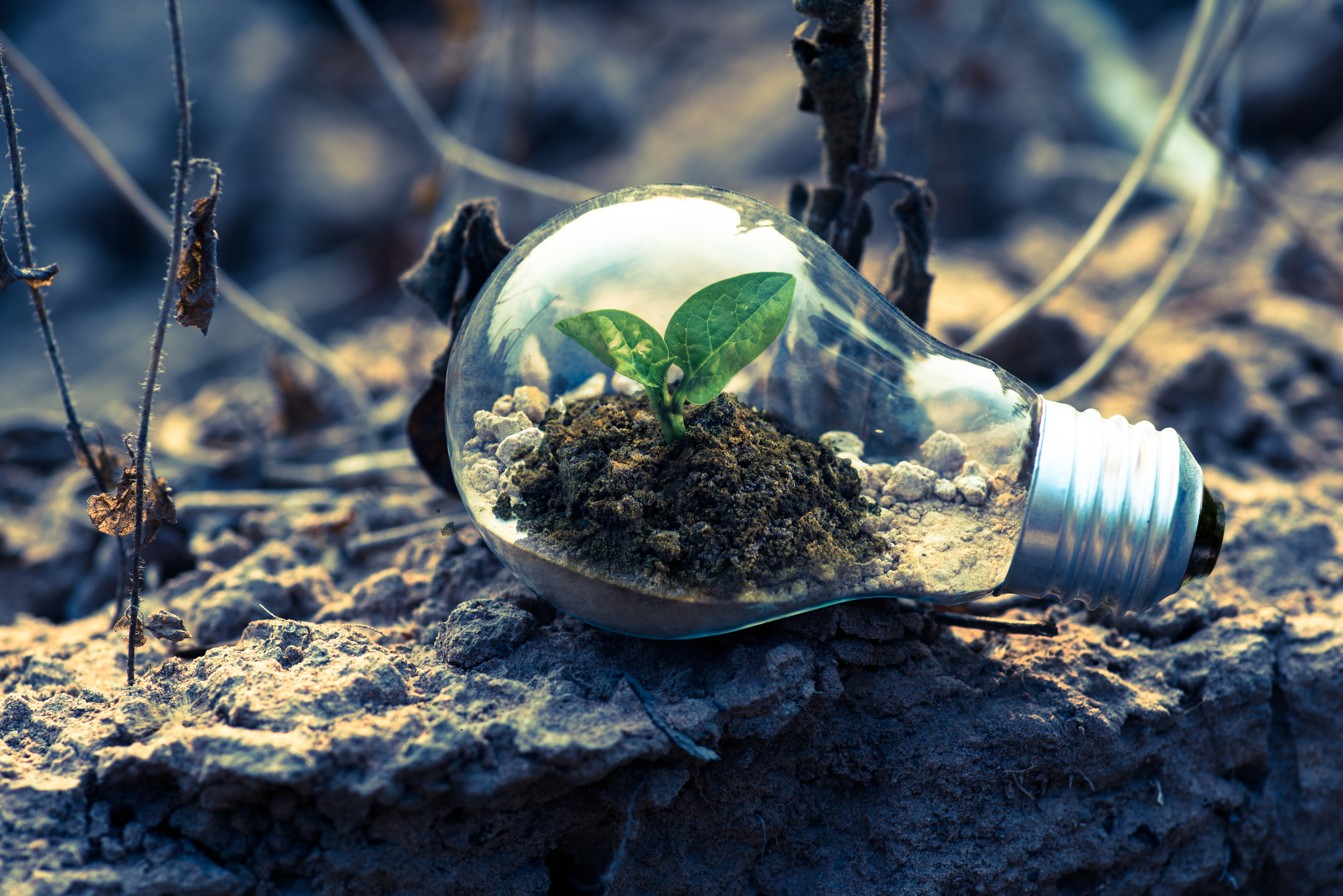How green alternatives are affecting the insurance industry in day to day claims
 There is no denying that climate change, green energy, and the transition away from fossil fuels is a hot topic across the country in Canada right now; it’s also a subject that the insurance industry is keeping a close eye on. Reports that flooding, extreme weather and increased forest fires are the result of climate change has the insurance industry dealing with larger and more frequent losses. Although developed with good intentions, green alternatives sometimes fail too, and they could start popping up more frequently in claims resolution:
There is no denying that climate change, green energy, and the transition away from fossil fuels is a hot topic across the country in Canada right now; it’s also a subject that the insurance industry is keeping a close eye on. Reports that flooding, extreme weather and increased forest fires are the result of climate change has the insurance industry dealing with larger and more frequent losses. Although developed with good intentions, green alternatives sometimes fail too, and they could start popping up more frequently in claims resolution:
- Light Emitting Diode (LED) Lights
When thinking of lightbulbs, it is common to assume that halogen, incandescent, fluorescent or other older style lightbulbs would constitute a larger risk of a fire. After all, they lose more energy through heat and pull far more current than a more modern LED replacement. This may not be the case. LEDs can also fail and pose a fire risk, albeit a different kind. LEDs are generally mounted to small printed circuit boards inside the lightbulb. The circuit boards are generally more combustible and more susceptible to failure than a standard incandescent filament for example. There are also significantly more components inside the bulb, increasing the risk of a manufacturing defect.
The compatibility of the bulb and related equipment needs to be considered. Some replacement LEDs, such as those used to retrofit a fluorescent lighting system, may not be compatible with older style ballasts, wiring or fixtures. Electronic components in the LEDs can be more susceptible to variations in voltage or current from the circuit they are connected to. For example, an incompatible bulb and ballast combination could lead to a failure of either the bulb or the ballast.
- Battery Technology
For green energy to be an effective, long-term solution, energy storage is a must-have. Solar and wind energy are intermittent sources, but demand is continuous. With current technology and innovation trends, the most cost-effective way of dealing with the mismatch between generation and usage is to store the energy in batteries during off-peak hours. We are also seeing significantly more battery usage in electric and hybrid vehicles, electrically powered tools such as lawnmowers, and back-up energy systems.
To meet the ever-increasing demands, efficient and powerful batteries are required. So far, those are usually lithium-ion (Li-ion) batteries. Not much needs to be said of the frequent reports in the news regarding Li-ion batteries (think phones catching on fire, hoverboards exploding, e-cigarette or vape devices burning, etc.). The volatile nature of lithium as an ingredient has made the quality of manufacture of Li-ion batteries integral to their safety. Unfortunately, the constant pressure to increase the amount of power they have and the length of time they last, all while keeping them small and lightweight, has caused battery manufacturers to cram battery cells tighter and tighter into their cases using paper thin dividers. As stated in our November 2018 article on e-cigarettes, an internal short circuit caused by a breach of one of these dividers can have fiery consequences. Given that demand for batteries is constantly increasing, and they are being placed into smaller and smaller cases, this trend is expected to continue.
- Sustainable Construction Products
Part of going green has been to choose greener, more sustainable, building products. This includes using products such as oriented strand board (OSB), which can essentially be made with wood scraps, as opposed to plywood, and Trus Joist (TJI joist) as opposed to dimensional lumber. However, the negative effects of this transition have also been documented. In November 2012, the National Fire Protection Association (NFPA) journal released an article related to sustainable building practices and the negative effects these products have on life safety during a fire. The rate at which these products burn and the increased smoke generation create a high hazard for occupants trying to leave the building. The NFPA Journal article also quoted an Underwriters Laboratories (UL) study which stated that TJI joists failed in approximately six minutes when subjected to a particular fire test. Dimensional lumber subjected to the same test, lasted approximately 18 minutes. In addition, there may be increased structural concerns, which can impede investigations. If TJI joists lose their top or bottom chord, for example, they have very little remaining capacity; however, dimensional lumber joists can experience significant charring and maintain sufficient strength. Other examples of greener construction alternatives increasing flame spread and smoke generation are laminates compared to solid hardwood and the use of spray foam as opposed to fiberglass insulation.
- Increased Electrical Infrastructure
The increase in solar panels and wind generation also means an increase in electrical infrastructure on commercial and residential buildings. Buildings with solar panel arrays will usually have additional electrical meters, disconnects and conductors. In addition, panels present a large structural load on the building which can increase the risk of an early collapse or prevent firefighters from venting fires through roof structures.
There is no doubt that, despite any ill effects, greener technologies and alternatives will continue to be implemented on a mass scale as climate change shapes our future. As new products enter the market, it will be up to the insurance companies, and their consultants, to be up to speed on how their claims are affected, and to ensure manufacturers are held accountable for the quality and safety of their new products.
